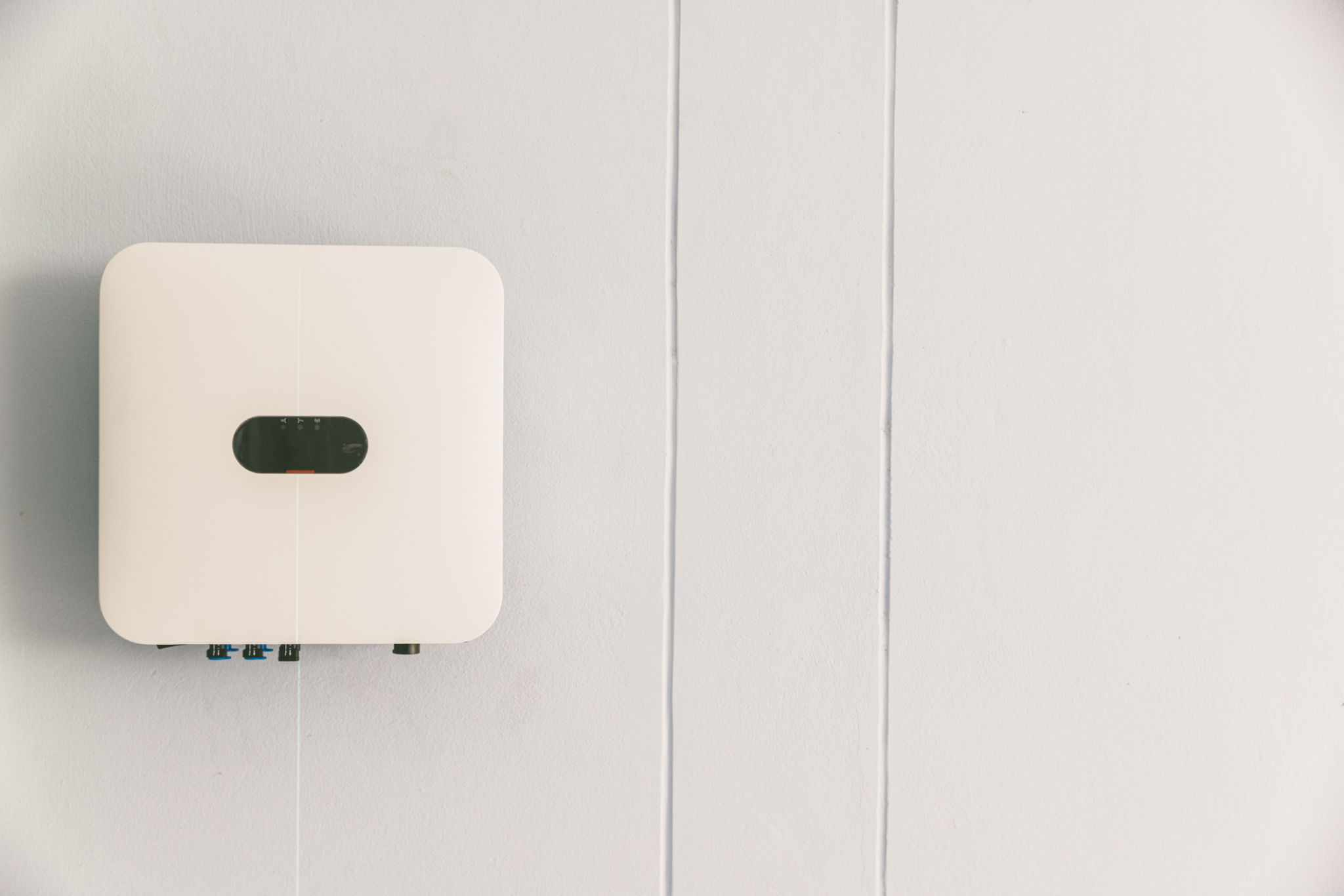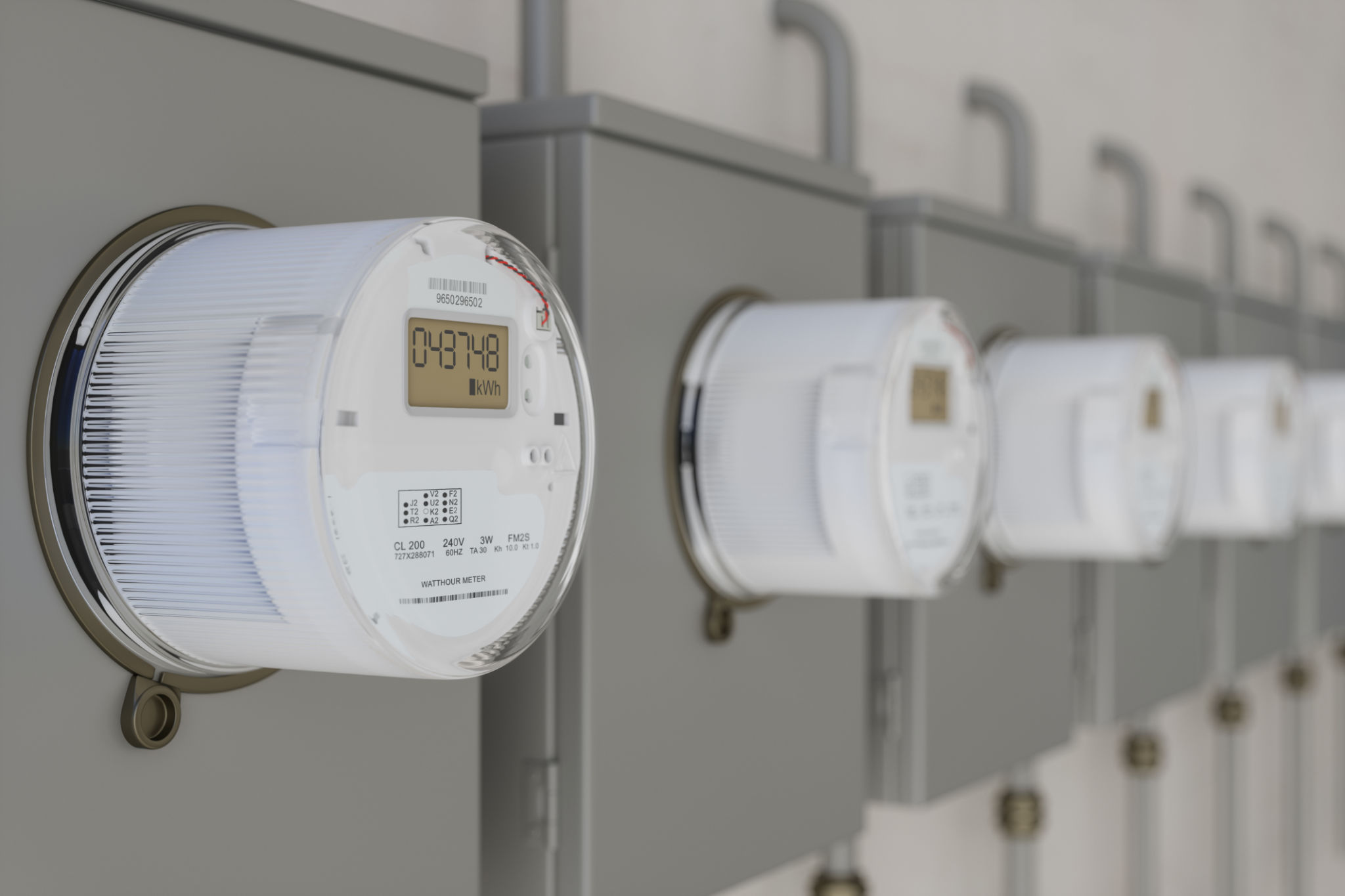A Step-by-Step Guide: How Does a Residential Solar System Work?
Understanding Solar Energy
Solar energy is a clean, renewable power source that has gained popularity in recent years. Harnessing the sun’s energy helps reduce electricity bills and minimize environmental impact. But how exactly does a residential solar system work? This guide will take you through the process step-by-step, making it easy to understand how solar panels convert sunlight into usable power for your home.

The Role of Solar Panels
At the heart of any residential solar system are the solar panels. These panels are made up of photovoltaic (PV) cells, which are responsible for capturing sunlight and converting it into electricity. When sunlight hits the PV cells, it creates an electric field that generates direct current (DC) electricity. The efficiency of this conversion largely depends on the quality and orientation of the solar panels.
Converting DC to AC
While solar panels generate DC electricity, most household appliances require alternating current (AC) to operate. To bridge this gap, a solar inverter is used. This device converts the DC electricity produced by the solar panels into AC electricity, making it suitable for home use. Inverters are crucial components, ensuring your solar energy system can effectively power your appliances.

Power Distribution and Usage
Once converted to AC electricity, the power flows into your home’s electrical panel or breaker box. From here, it is distributed throughout your home to power lights, appliances, and other electrical devices. If your solar system generates more electricity than you need, the excess can often be fed back into the grid or stored in a battery for later use.
Net Metering and Energy Storage
Many residential solar systems are connected to the grid through net metering. This arrangement allows homeowners to receive credits for any excess electricity sent back to the grid. When your solar panels aren’t producing enough energy to meet your needs—such as during cloudy days or at night—you can draw power from the grid using these credits.

Alternatively, a battery storage system can store surplus energy generated during sunny days. This stored energy can then be used during periods when solar production is low, providing greater energy independence and reliability.
Monitoring and Maintenance
To ensure optimal performance, it’s essential to monitor your solar system regularly. Many modern systems come with apps or online platforms that allow homeowners to track energy production and usage in real-time. Regular maintenance, such as keeping panels clean and checking for any obstructions, helps maintain efficiency and prolongs the system's lifespan.
Conclusion
Understanding how a residential solar system works can empower homeowners to make informed decisions about their energy use. From capturing sunlight with solar panels to converting and distributing electricity within your home, each step plays a vital role in reducing reliance on traditional energy sources and promoting sustainability. With advances in technology and increased affordability, more homeowners are embracing solar energy as a viable solution to meet their power needs.
